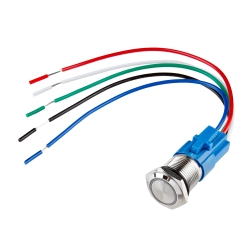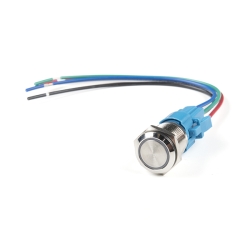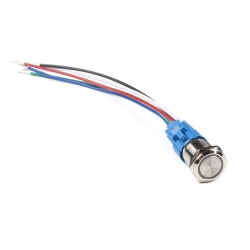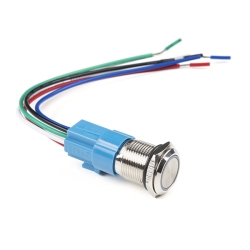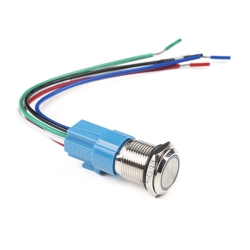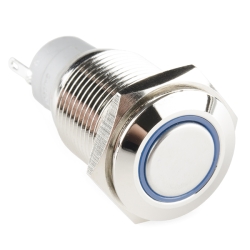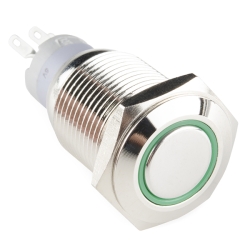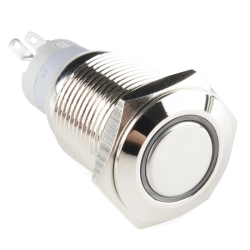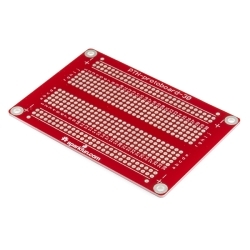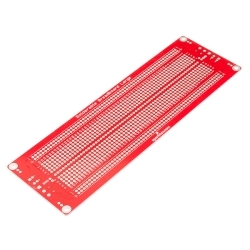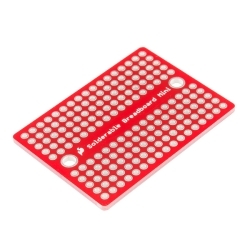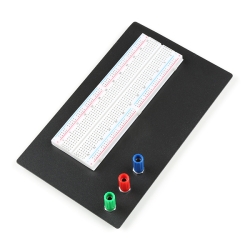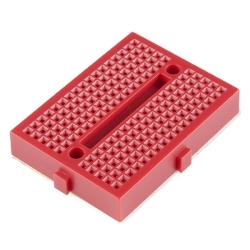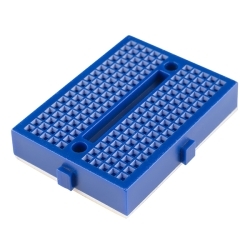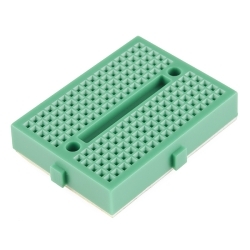Metal Pushbutton with Wires - Momentary (16mm, Blue)
This is a perfect choice if you are in need of a heavy duty push button!
Helpful Documentation
Product Overview
This is a perfect choice if you are in need of a heavy duty push button! These metal push buttons are a very tough, small, panel-mount momentary switch with an illuminated blue LED ring. It is a SPDT with 16mm threading and 1mm pitch. This button is perfect for basic On/Off functions. Overall length (including leads) is 1.5" and has small solder lugs for connection. These momentary buttons are rated up to 3A and 250VAC while the LED is rated for 5-12V.
Note: The images for this button show an LED voltage rating of 5V. We have verified that the voltage range for the the LED to be 5-12V. We are currently communicating with our supplier for new documentation. Trust the branding on the button to verify your voltage requirement.
Features:
- Stainless Steel Body
- IP65 Weatherproof Rating
- Tamper Resistant
- Momentary Operation Type
- Blue LED Ring
Documents:
Features & Specs
- Stainless Steel Body
- IP65 Weatherproof Rating
- Tamper Resistant
- Momentary Operation Type
- Blue LED Ring
Documentation
Customer Reviews

Stock and Customer Discounts
Available Discounts
- $9.45 | 25+ units
- $8.96 | 100+ units

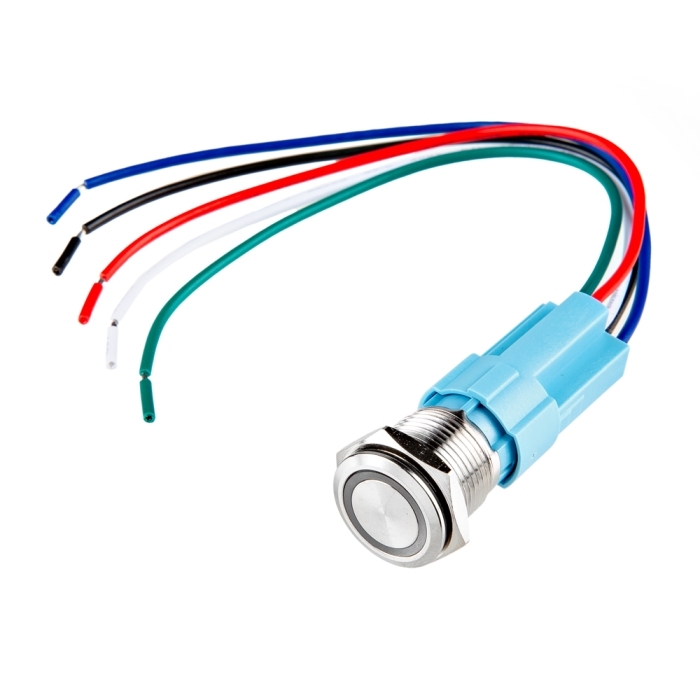
 Datasheet
Datasheet